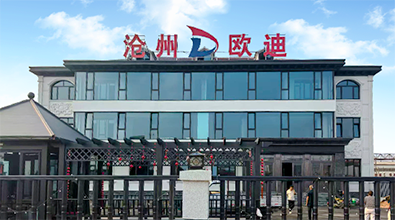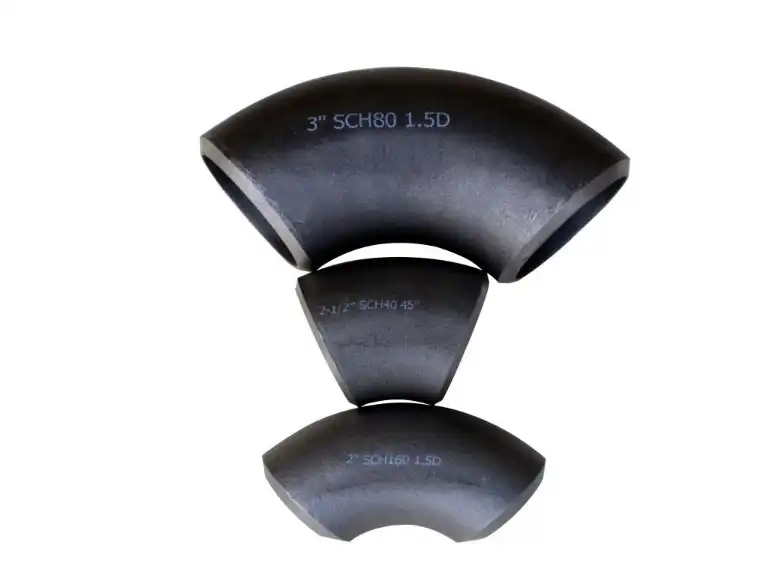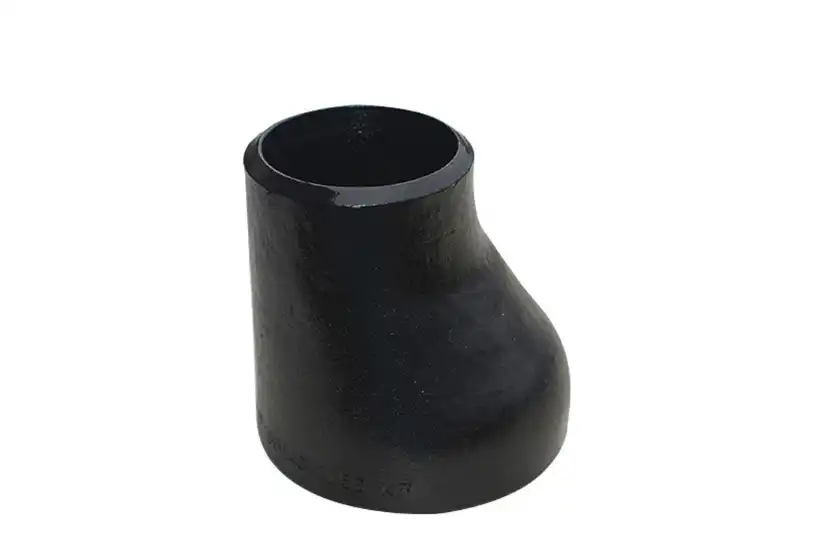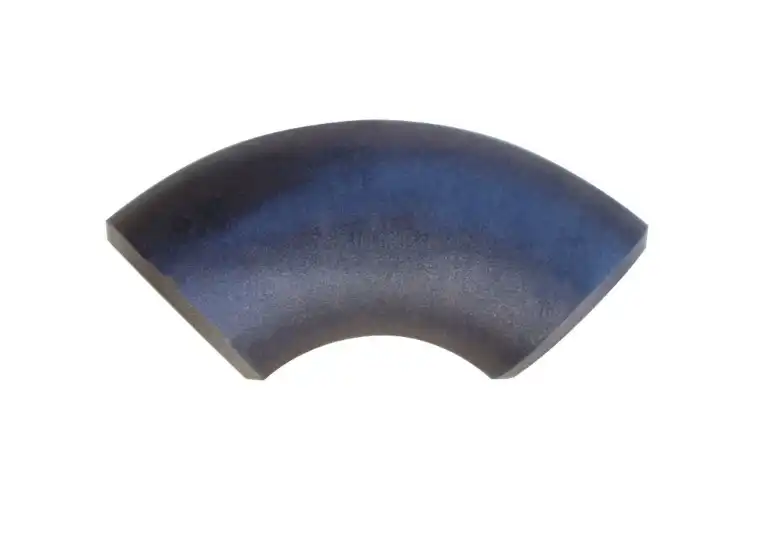Comparing Carbon Steel Seam and Welded Tees
In the world of industrial piping systems, the choice between carbon steel seamless and welded tees is a crucial decision that can significantly impact the performance, longevity, and cost-effectiveness of your project. These essential Carbon Steel Pipe Tee components, used to create branch connections in piping networks, each have their unique characteristics and advantages. Seamless tees are manufactured from a single piece of metal, offering superior strength and uniformity, while welded tees are fabricated by joining separate pieces, providing cost-effectiveness and flexibility in larger sizes. This blog post delves into the key differences between carbon steel seamless and welded tees, exploring their strengths, limitations, and ideal applications. By understanding these distinctions, engineers, contractors, and project managers can make informed decisions that optimize their piping systems for efficiency, durability, and economic viability.

Strength and Durability in Piping Systems
Material Composition and Manufacturing Process
Carbon steel pipe tees, whether seamless or welded, are crafted from high-quality carbon steel materials such as A234 WPB, A420 WPL6, or P235GH. The key difference lies in their manufacturing processes. Seamless tees are formed from a single piece of metal, typically through extrusion or piercing methods, resulting in a uniform structure without seams. This process ensures consistent wall thickness and strength throughout the fitting. Welded tees, on the other hand, are fabricated by cutting and welding flat steel plates or pipe sections. The welding process, while creating a strong joint, introduces a potential weak point at the weld seam. However, advanced welding techniques and stringent quality control measures have significantly improved the reliability of welded tees, making them suitable for many applications.
Pressure and Temperature Resistance
When it comes to pressure and temperature resistance, seamless carbon steel pipe tees generally have an edge. The absence of weld seams eliminates potential weak points, allowing seamless tees to withstand higher pressures and temperatures more effectively. This makes them particularly suitable for high-stress applications in industries such as oil and gas, petrochemicals, and power generation. Welded tees, while capable of handling moderate to high pressures, may have limitations in extreme conditions. However, it's important to note that modern welding techniques and post-weld heat treatments can significantly enhance the performance of welded tees, narrowing the gap with their seamless counterparts in many applications.
Corrosion and Fatigue Resistance
Both seamless and welded carbon steel pipe tees offer good corrosion resistance, which can be further improved through surface treatments or material selection. However, seamless tees may have a slight advantage in terms of uniform corrosion resistance due to their homogeneous structure. Welded tees, if not properly fabricated or treated, may be more susceptible to localized corrosion at the weld seams. In terms of fatigue resistance, seamless tees typically perform better under cyclic loading conditions, as they lack the stress concentration points associated with weld seams. This makes seamless tees preferable in applications involving frequent pressure or temperature fluctuations, such as in pulsating flow systems or thermal cycling environments.
Cost Implications of Seamless vs. Welded Tees
Initial Purchase and Manufacturing Costs
When considering the cost implications of carbon steel pipe tees, it's essential to look at both initial purchase prices and long-term economic factors. Generally, welded tees are less expensive to manufacture, especially in larger sizes, due to the simpler fabrication process and lower material waste. This cost advantage is often reflected in lower purchase prices for welded tees compared to their seamless counterparts. Seamless tees, requiring more specialized equipment and processes, tend to have higher manufacturing costs, particularly as sizes increase. However, the price difference becomes less significant in smaller sizes, where the manufacturing process for seamless tees is more efficient. It's crucial to consider these initial cost differences in the context of the entire project budget and long-term performance requirements.
Installation and Labor Costs
The installation process for both seamless and welded carbon steel pipe tees is generally similar, involving welding or mechanical joining to the main pipeline. However, there can be subtle differences that affect labor costs. Seamless tees, being a single piece, may require less preparation and welding time during installation. Welded tees, particularly in larger sizes, might need additional inspection and testing of the factory welds, potentially increasing installation time and costs. On the other hand, welded tees can sometimes offer more flexibility in terms of customization and on-site adjustments, which could lead to labor savings in certain complex piping layouts. The choice between seamless and welded tees should consider these installation factors, especially for large-scale projects where small differences in labor costs can accumulate significantly.
Long-term Maintenance and Replacement Costs
The long-term economic impact of choosing between seamless and welded carbon steel pipe tees extends beyond initial purchase and installation costs. Seamless tees, with their uniform structure and potentially higher durability, may offer lower maintenance costs over time. They are less likely to develop leaks or failures at weld points, potentially reducing the frequency of inspections, repairs, and replacements. Welded tees, while generally reliable, may require more frequent inspections, particularly of the weld seams, in high-stress applications. However, the actual maintenance costs can vary greatly depending on the specific application, operating conditions, and quality of the initial installation. In some cases, the lower initial cost of welded tees may offset slightly higher maintenance expenses over the life of the system. It's crucial to perform a comprehensive life-cycle cost analysis, considering factors such as expected service life, inspection frequency, and potential downtime costs, to make an informed decision between seamless and welded tees.
How to Select the Right Tee for Your Application?
Assessing System Requirements and Operating Conditions
Selecting the appropriate carbon steel pipe tee begins with a thorough assessment of your system's requirements and operating conditions. Consider factors such as maximum operating pressure, temperature range, and the nature of the fluid being transported. For high-pressure or high-temperature applications, seamless tees may be preferable due to their superior strength and uniformity. Welded tees, while suitable for many standard applications, may be more appropriate in moderate pressure and temperature environments. Additionally, evaluate the frequency of pressure fluctuations or thermal cycling in your system, as these conditions can impact the long-term performance of the tees. It's also crucial to consider the chemical compatibility of the tee material with the process fluid to ensure corrosion resistance and longevity. By carefully analyzing these operational parameters, you can narrow down your options and identify whether a seamless or welded tee is more suitable for your specific application.
Considering Size and Availability Constraints
The size of the carbon steel pipe tee required for your application can significantly influence the choice between seamless and welded options. Seamless tees are typically available in sizes ranging from 1/2" to 24", while welded tees can be manufactured in much larger sizes, often up to 110" or more. For applications requiring larger diameter tees, welded options may be the only practical choice. Additionally, consider the availability of the tees in your required specifications. Seamless tees, especially in less common sizes or wall thicknesses, may have longer lead times or limited availability. Welded tees, being more easily customized, might offer greater flexibility in terms of size, wall thickness, and material grade combinations. It's important to balance the technical requirements of your application with practical considerations such as lead time and inventory availability to ensure timely project completion.
Balancing Performance, Cost, and Regulatory Compliance
The final decision in selecting between seamless and welded carbon steel pipe tees often comes down to balancing performance requirements, cost considerations, and regulatory compliance. While seamless tees may offer superior performance in high-stress applications, the cost premium may not be justified for all projects. Conversely, the cost savings of welded tees should be weighed against potential long-term maintenance or reliability concerns in critical applications. It's essential to consider industry standards and regulatory requirements that may influence your choice. Some industries or specific applications may have stringent requirements that favor one type over the other. For instance, certain high-pressure or safety-critical applications may mandate the use of seamless fittings. Ensure that your selected tee complies with relevant standards such as ANSI B16.9, EN10253-2, or ASME B31.3, depending on your industry and location. By carefully evaluating these factors and consulting with experienced suppliers or engineers, you can make an informed decision that optimizes performance, cost-effectiveness, and compliance for your specific piping system needs.
Conclusion
In conclusion, the choice between carbon steel seamless and welded tees depends on a careful evaluation of system requirements, operating conditions, size constraints, cost considerations, and regulatory compliance. While seamless tees offer superior strength and uniformity, welded tees provide cost-effectiveness and flexibility, especially in larger sizes. By understanding the unique advantages and limitations of each type, engineers and project managers can make informed decisions that optimize their piping systems for performance, longevity, and economic viability. Ultimately, the right choice will depend on the specific needs of each project, balancing technical requirements with practical and economic considerations.
For more information about our high-quality carbon steel pipe tees and other piping components, please contact us at oudi-04@oudiguandao.com. Since 1998, Cangzhou Oudi Pipe Manufacture Co., Ltd. has been a leading manufacturer of carbon steel pipe fittings, valves, and flanges in China. Our commitment to quality, innovation, and customer satisfaction has made us a trusted partner in various industries worldwide.
References
1. Smith, J. R. (2019). "Comparative Analysis of Seamless and Welded Carbon Steel Fittings in Industrial Piping Systems." Journal of Pressure Vessel Technology, 141(3), 031301.
2. Johnson, A. L., & Williams, R. T. (2020). "Performance Evaluation of Carbon Steel Tees Under High-Pressure and High-Temperature Conditions." Materials Performance, 59(5), 48-53.
3. Zhang, Y., et al. (2018). "Fatigue Life Assessment of Seamless and Welded Carbon Steel Pipe Fittings." International Journal of Fatigue, 106, 38-48.
4. Brown, M. E. (2021). "Cost-Benefit Analysis of Seamless vs. Welded Fittings in Large-Scale Petrochemical Projects." Chemical Engineering Progress, 117(8), 45-52.
5. Garcia, C., & Thompson, L. (2019). "Material Selection and Corrosion Control Strategies for Carbon Steel Piping Components." Corrosion Science and Technology, 54(6), 457-469.
6. Lee, S. H., & Park, J. W. (2020). "Regulatory Compliance and Safety Considerations in the Selection of Carbon Steel Pipe Fittings." Process Safety Progress, 39(2), e12116.

Need help finding the right solution with our experts. Please contact us.

SINCE 1998 Your Reliable Pipeline Manufacturer



